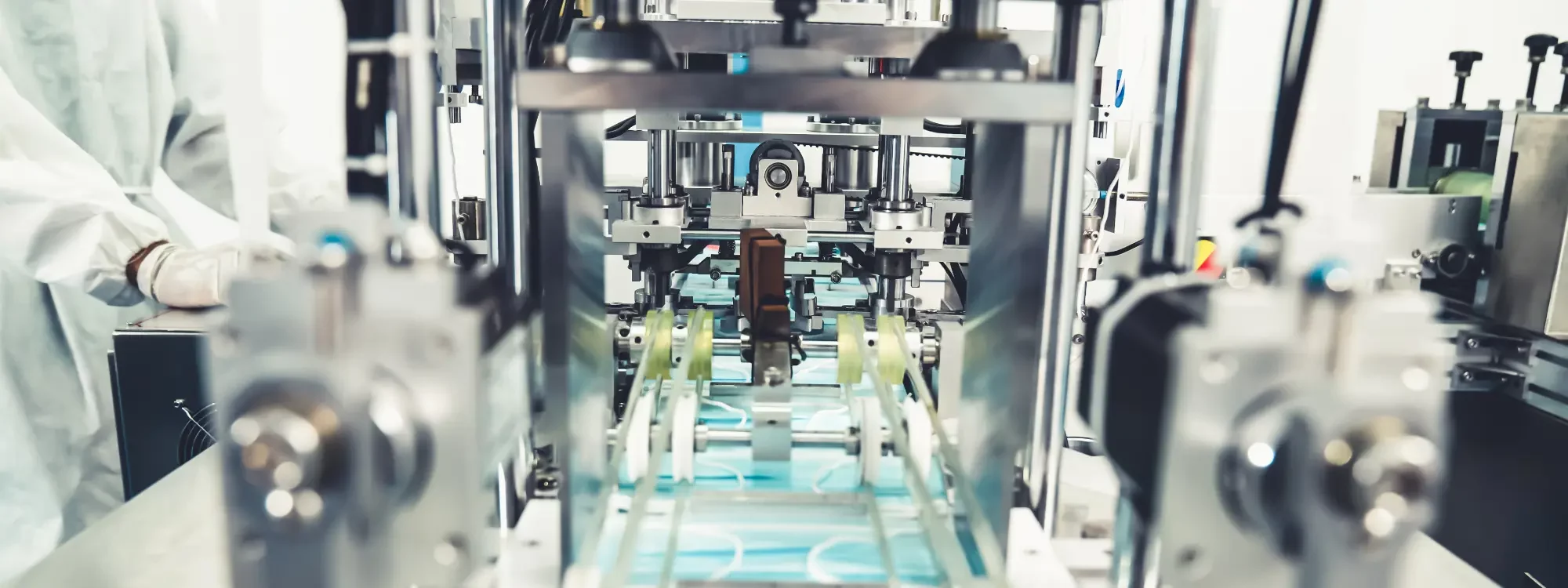A medical device is an implant or instrument apparatus used to treat and cure diagnosis and diseases. A subsidiary of the medical technology industry, medical devices are capable of structural, mechanical, and physical action. This field is comprised of diverse company types and classifications, all-encompassing an enormous number of products – ranging from common medical supplies to advanced imaging creating artificial joints, and more.
With research and development to product manufacturing, physicians have a strong input on the design and potential use for product development. Regulated by the Food and Drug Administration (FDA), the medical device industry tends to make frequent changes developed products.
For common medical supplies, the market is more competitive in price and availability. Further advanced products are less competitive, allowing competing companies to charge higher than substantially priced. The medical device industry plays an essential role in healthcare services. Through the improvement of medical diagnostic research, medical devices have increased capabilities for diagnosis.
Hazards among the medical device industry are extremely diverse, and potentially approached on a case-by-case basis due to the advanced product range. A few distinct hazards from manufacturing development include design failure and lack of device performance appropriation.
The way a medical device user can assess hazards is through utilizing the overall safety and effectiveness of the device. User error does not account for this type of hazard. The analysis should consider a device’s risk of exposing novel materials to body tissue or breaking within placement.
Through the exposure of contaminants and residue, material toxicity of the device can directly cause life-threatening risks. Chemicals removed from a medical device by the action of water or other liquids can attract unwanted substances indirectly. Medical devices are also susceptible to contracting viral of bacterial hazards, often penetrating within the body and causing extreme illness, possible death.
Overall, the protection from internal and external factors is important when handling any medical device – whether in a surgical space or clean manufactured plant.

Infection control within the medical device industry drives the need for PPE in clinical labs, doctor offices, manufacturing plants, and surgical rooms. It acts as a barrier between infectious materials – such as viral and bacterial contaminants – from entering or being exposed by the nose, mouth, eyes, and skin. The medical device industry requires surgical masks, medical gloves, protective coveralls, and isolation gowns.
Lakeland CleanMax® disposable cleanroom apparel offers both sterile and non-sterile, is clean manufactured to produce a higher-integrity garment for your application.
Lakeland Disposable PPE is designed to protect against all types of substances including airborne particles and certain liquids and sprays.
Lakeland’s MicroMax® NS MNSG 55gsm is CE-certified and features a global pattern, making it a great choice for international companies. This garment offers protection against biological hazards, chemical splash, and dry particulates.
Lakeland’s AAMI Level 2 Non-surgical CE Certified Isolation Gown is constructed from SMMS fabric for basic protection when exposure to fluids is expected to be low to moderate.
Lakeland’s General Purpose Isolation Gown is constructed from spun bonded polypropylene fabric for basic protection from light splashes in nonhazardous environments, dirt, and dry particulates.